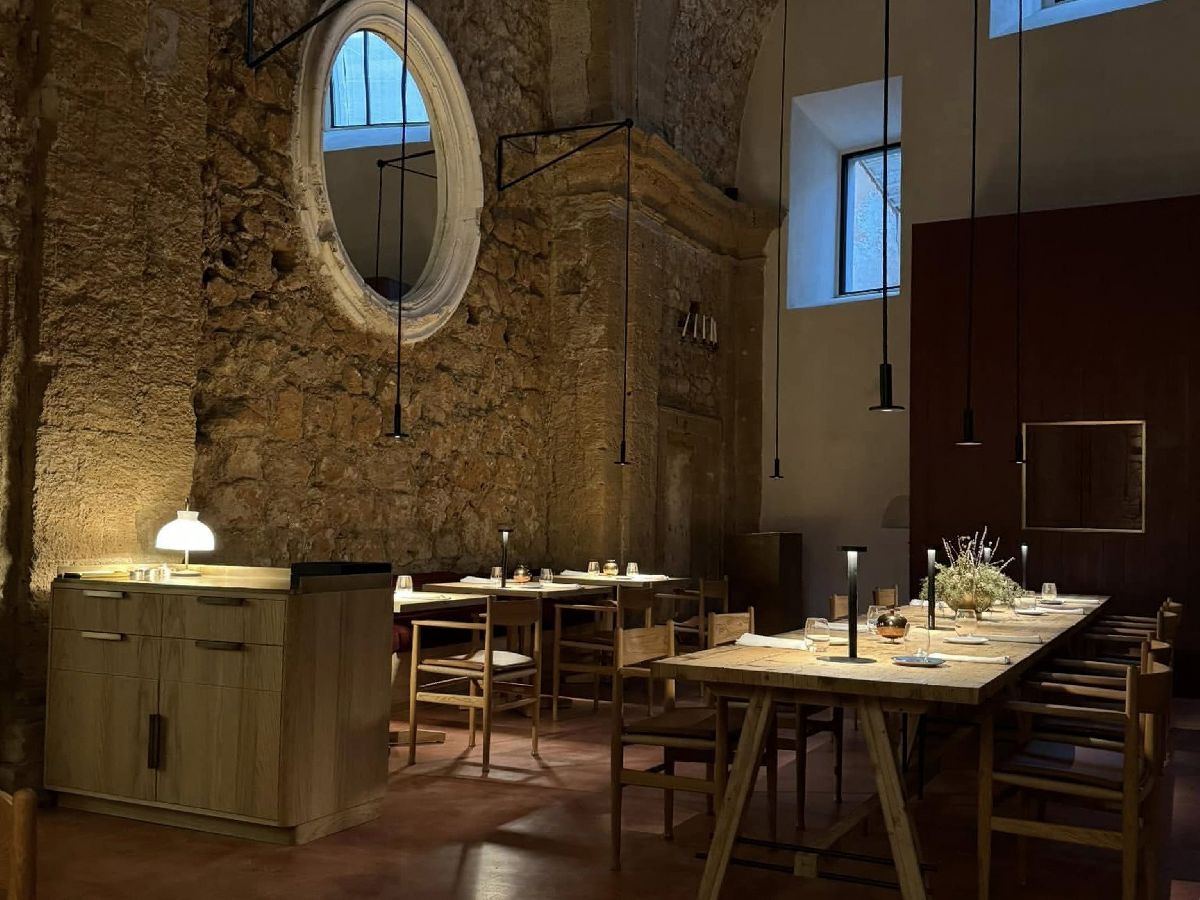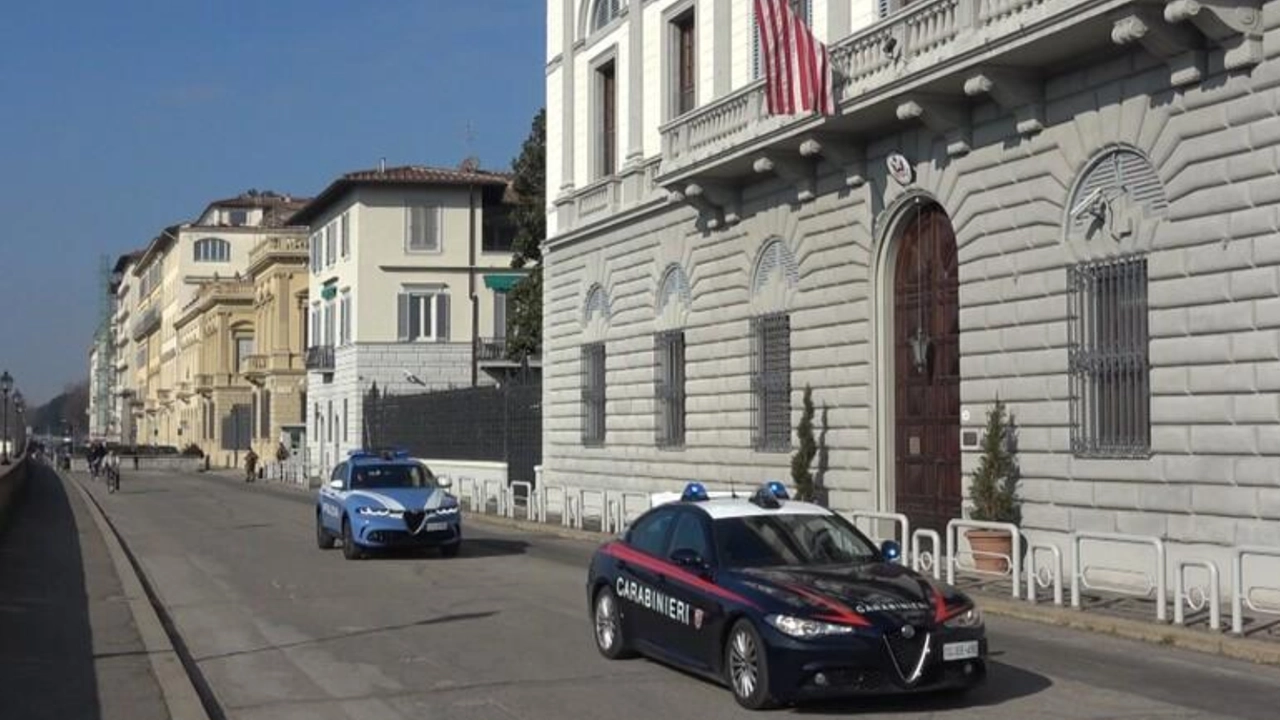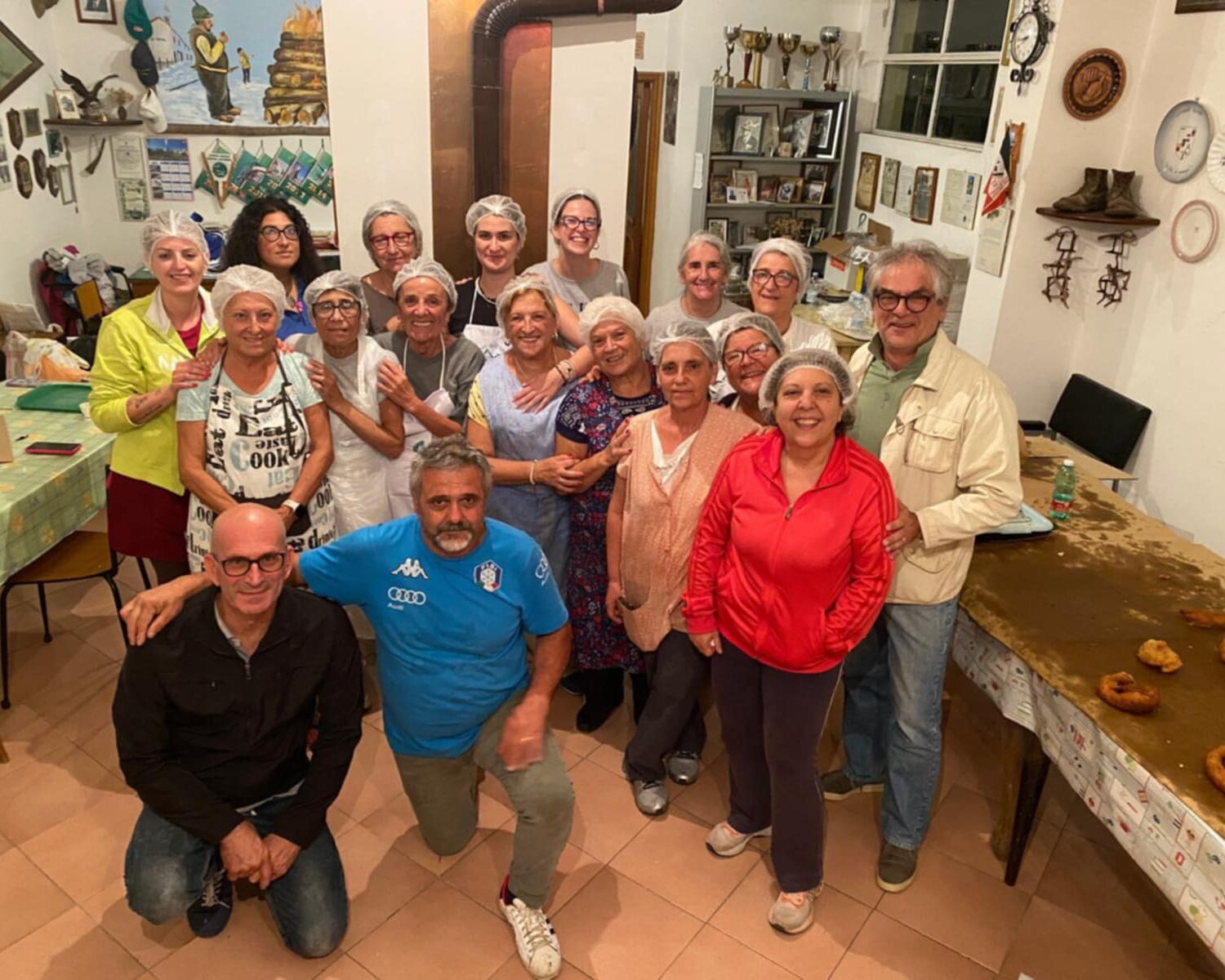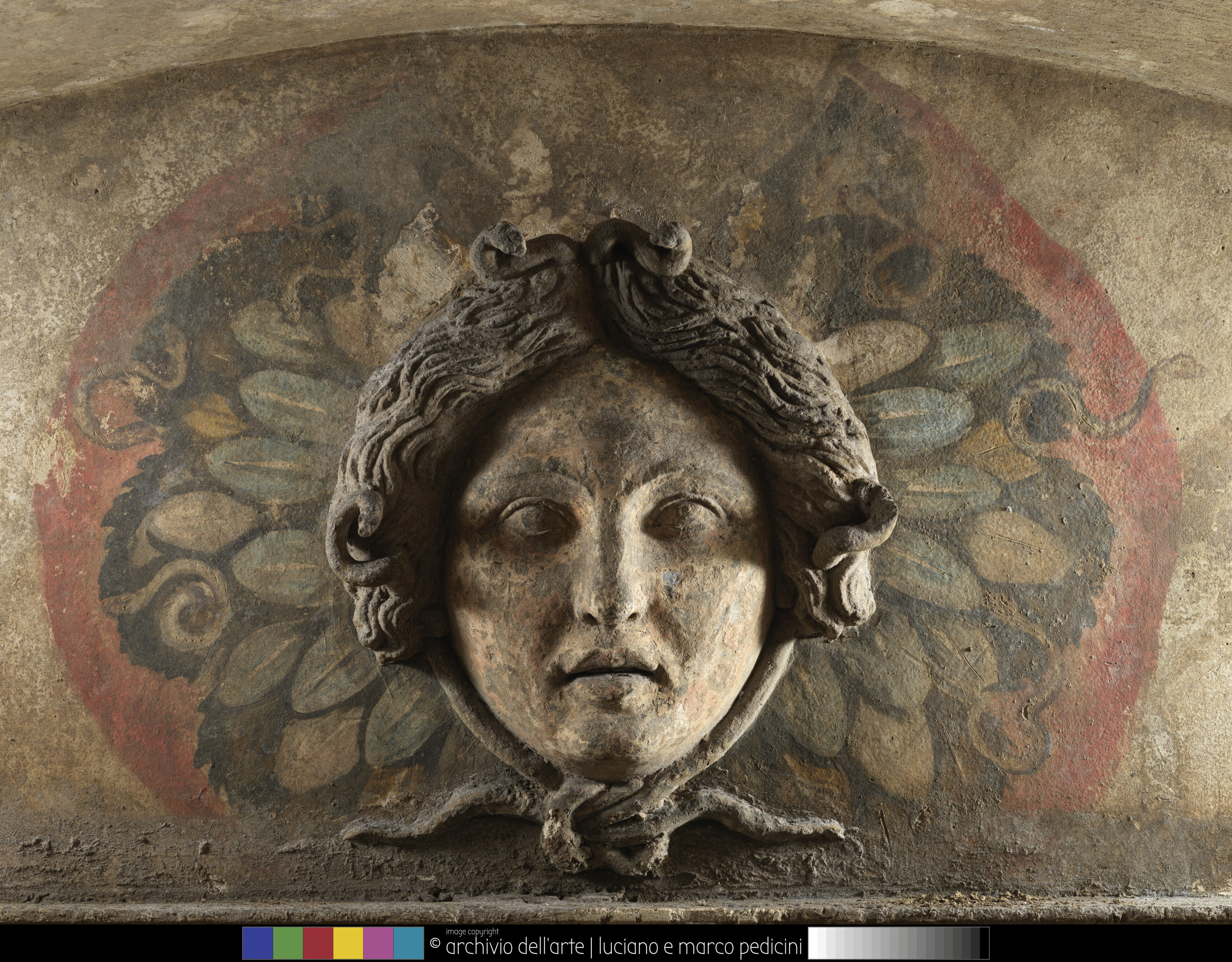A former 16th-century church transformed into a restaurant has brought Italy back among the excellences of world gastronomic architecture. The Coro restaurant, in the historic center of Orvieto, is in fact one of sixteen venues awarded by the Prix Versailles 2025, the international recognition given annually to the best commercial architecture projects. A selection that spans four continents and shows how the cultural identity of a place can be reinterpreted through spaces intended for conviviality.
The Prix Versailles was created in 2015 to enhance architecture as an integral component of the public experience. It is not about monumental buildings or private residences, but those spaces-restaurants, stores, stations, airports-that millions of people pass through every day. Because the aesthetic quality of these places, if well designed, can positively influence daily life. It is an award that emphasizes the cultural impact of design and its ability to generate accessible beauty.
This is the context for Coro, which convinced the jury by its ability to intervene with measure in a building with a strong historical value. Located inside a 16th-century oratory, part of the Petrvs Palace, the restaurant was restored by architect Giuliano Andrea Dell’Uva with a conservative approach: the cross vaults and frescoes are still legible, while the contemporary furniture draws a contrast that is never invasive. It is a project that interprets sacred space as a container for new forms of ritual, this time gastronomic.
The Prix Versailles does not just look at aesthetics: among the selection criteria are also environmental sustainability, harmony with the urban or natural landscape, and the symbolic value of the place. It is no coincidence that among the winners are structures built on remote islands, in tropical or urban settings, often born of redevelopment. The result is a heterogeneous international panorama that tells of both the current design taste and the ways in which restaurants seek to become narrative places, capable of dialoguing with the territory.
Italy then confirms its ability to put its historical heritage to good use in building contemporary experiences. Coro’s presence on the list is also significant because it marks a return to the centrality of small towns: while most of the other award-winning venues are located in large metropolises or attractive tourist resorts, Orvieto represents a countercultural choice, where architectural quality becomes an ambassador of a less obvious beauty.
Over the years, the Prix Versailles has honored hundreds of projects, becoming a privileged tool for observing changes in commercial architecture. Catering, in particular, is among the sectors where one can most clearly read the desire to overcome the distinction between form and function. The 2025 award-winning establishments confirm this trend, proposing environments that become an integral part of the dining experience and not simply containers for a gastronomic offering.
The list of sixteen restaurants selected this year includes:
Gerbou, Emirati Arabi Uniti
Smoked Room (Dubai), Emirati Arabi Uniti
Blackswan (Pechino), Cina
Ōrtensia (Shanghai), Cina
Lobster Club (Palma di Maiorca), Spagna
Bouchon Carême (Helsinki), Finlandia
Ducasse Baccarat (Parigi), Francia
Ladurée Rue Royale (Parigi), Francia
Julie’s (Londra), Regno Unito
Shell (Nusa Penida), Indonesia
Seven Island (Gadeokdo), Corea del Sud
Kimyona (Riyadh), Arabia Saudita
Another Smith (Tha Sai Luat), Thailandia
Beefbar (New York), Stati Uniti
Japón (Miami Beach), Stati Uniti
Coro (Orvieto), Italia
In the fall, three of these projects will receive further recognition as the world’s best for interiors or exteriors. In the meantime, the Italian presence on this shortlist continues to testify to how the ability to preserve and reinterpret the memory of places is still one of our strengths.
The article There is an Italian restaurant among the world’s best for architecture according to UNESCO comes from TheNewyorker.






